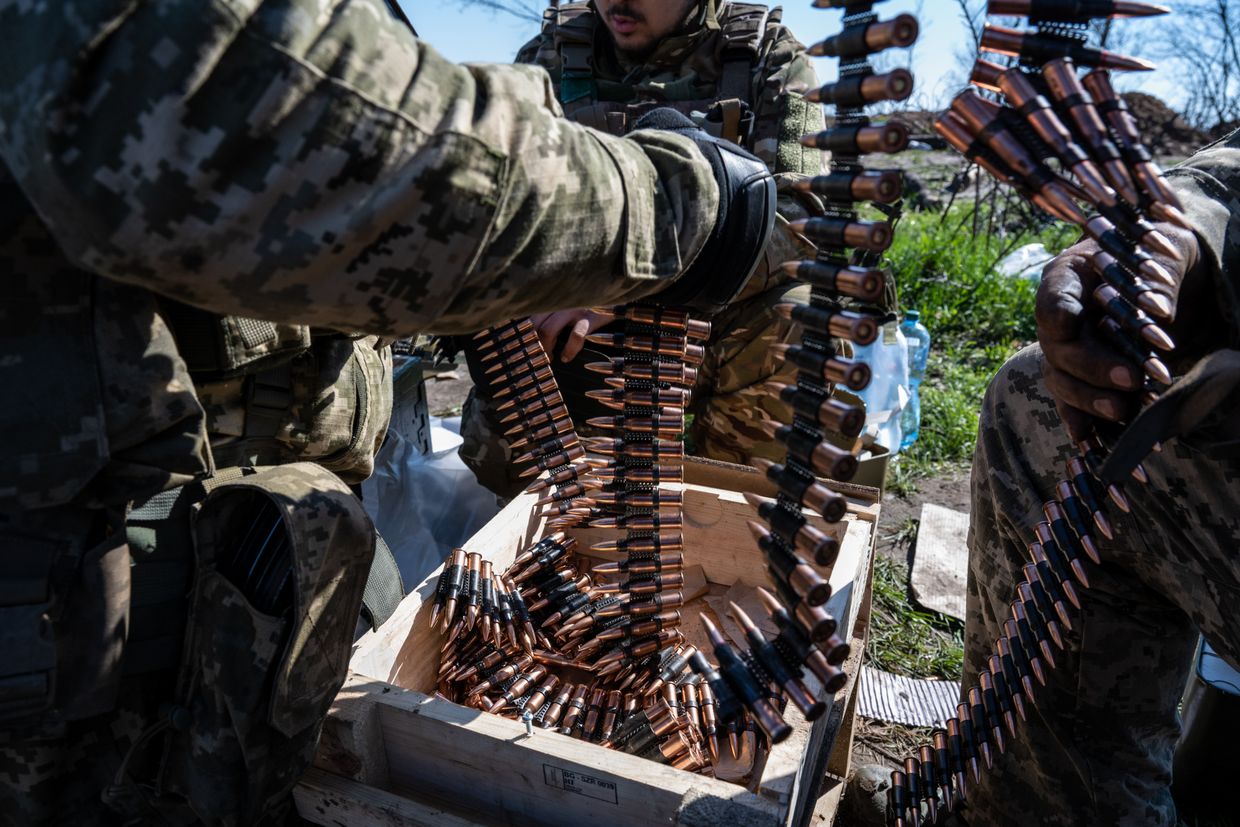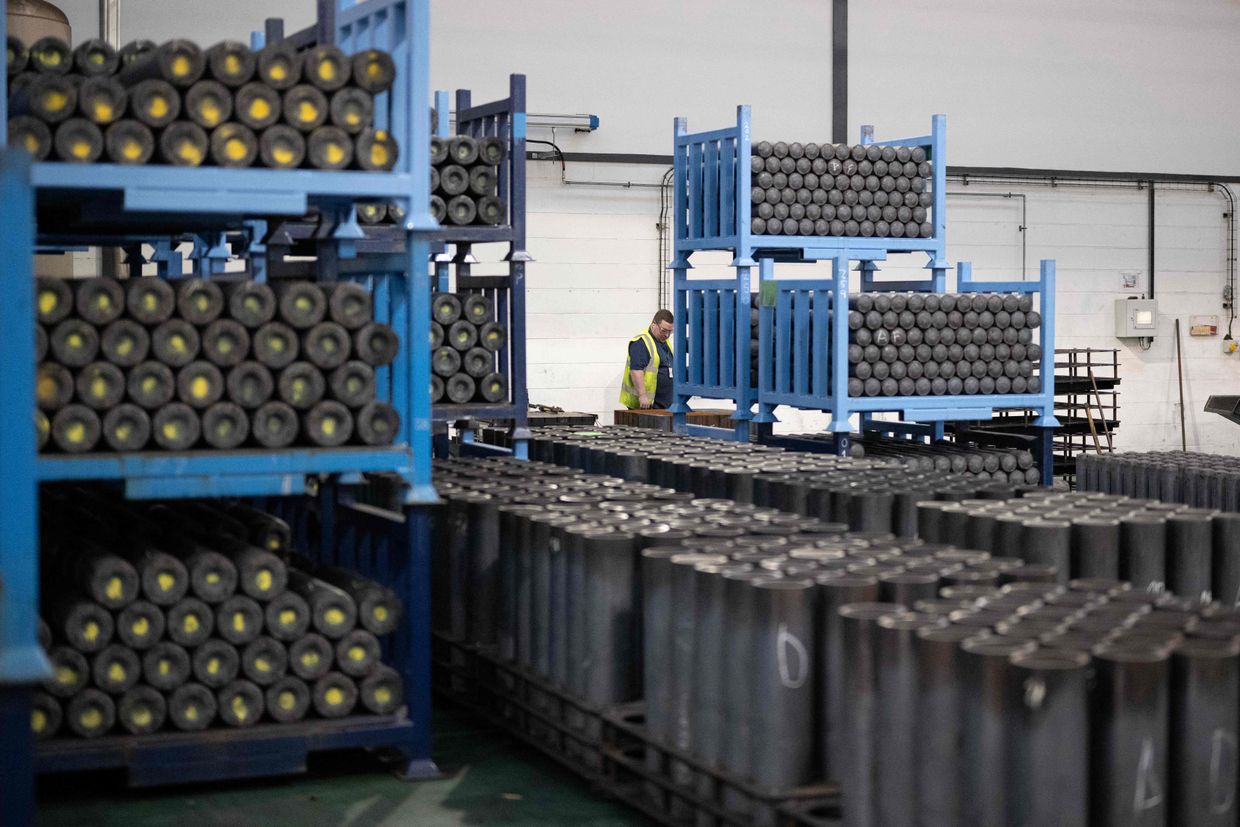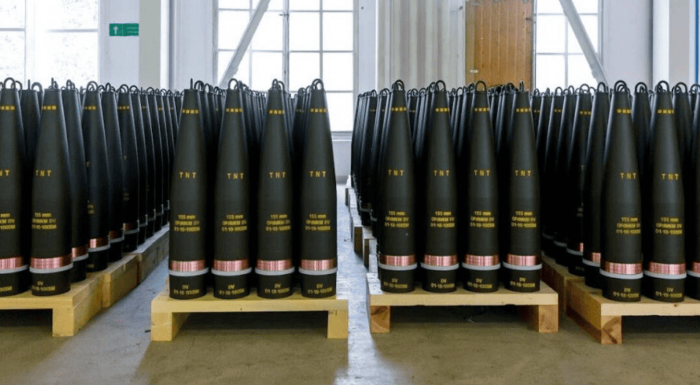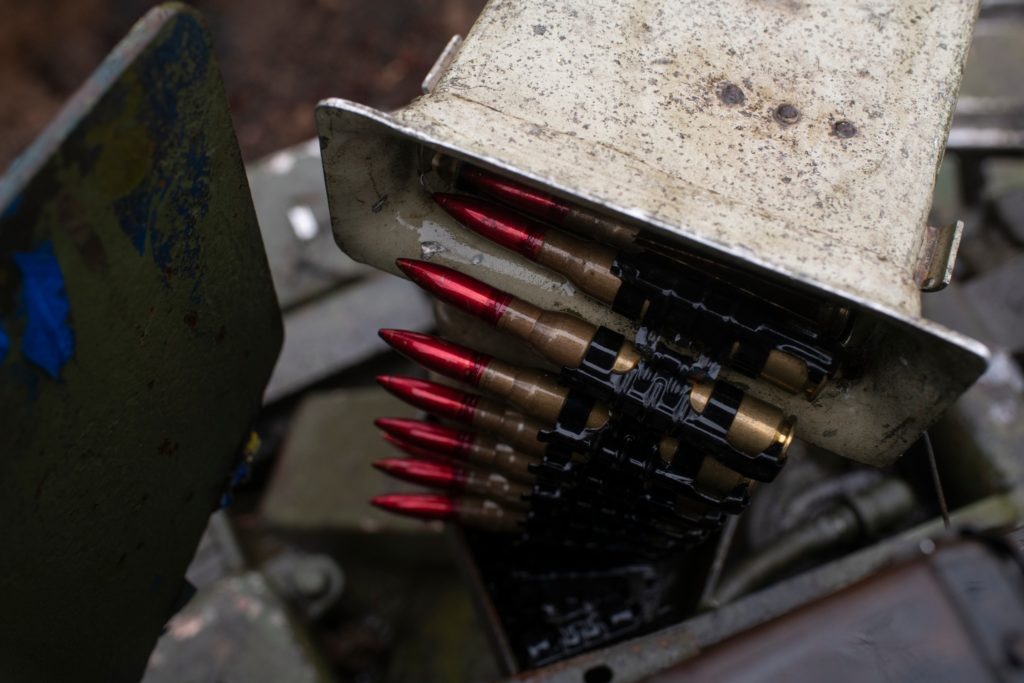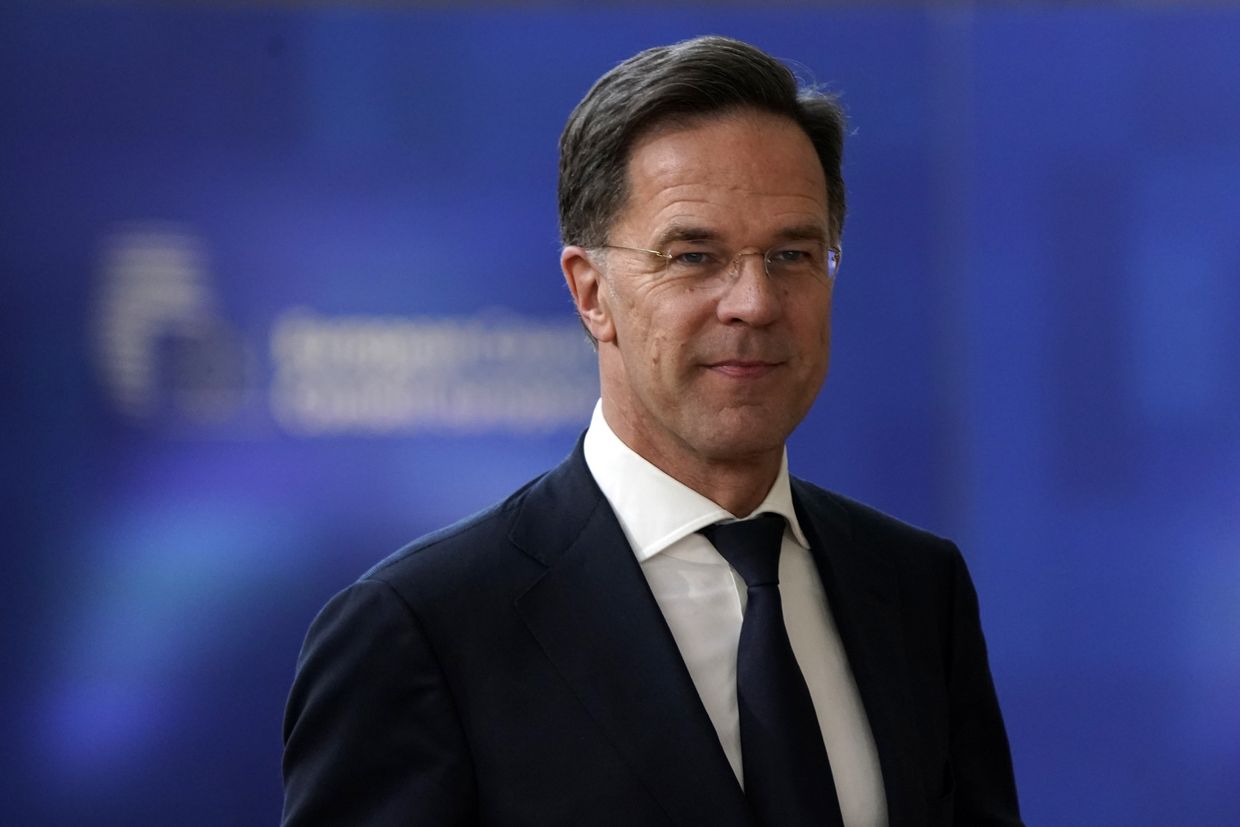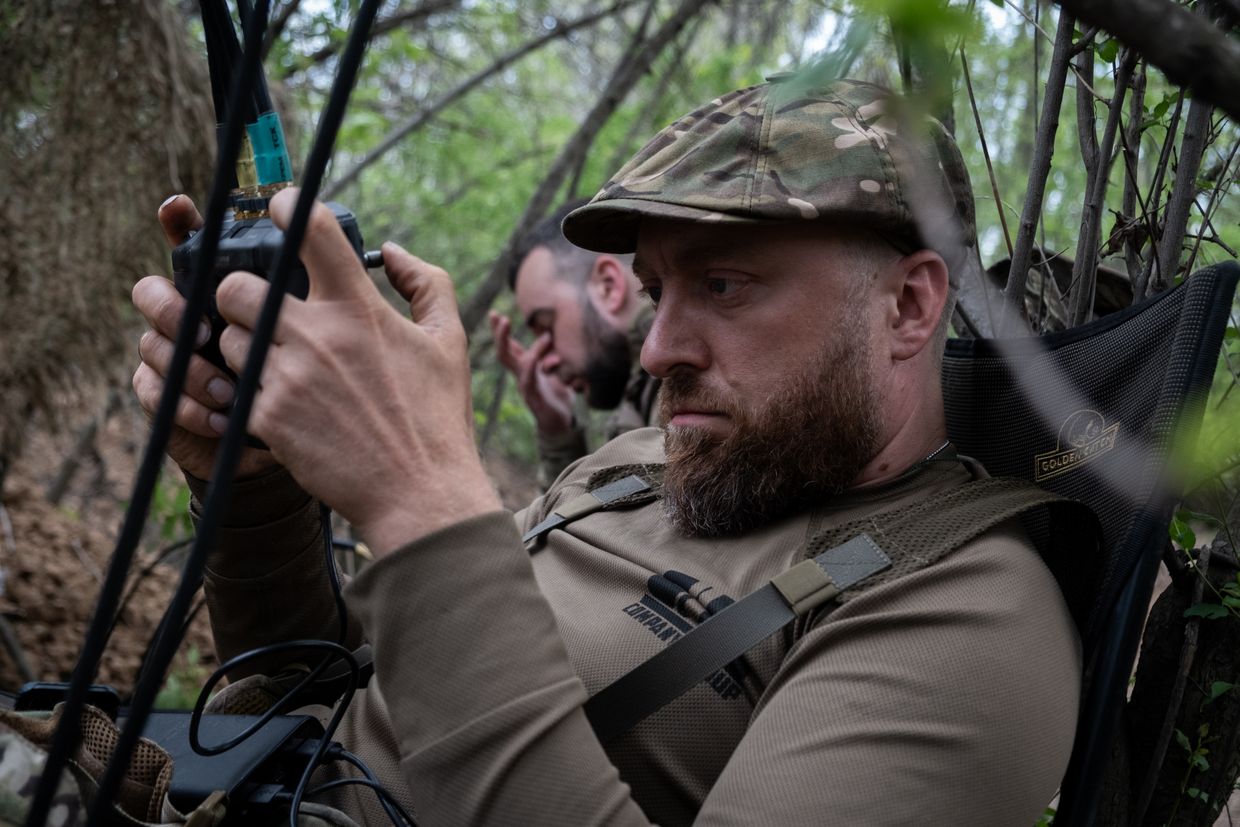Forged in war, built for Europe: Ukraine’s combat-proven arms to join EU defense drive

Kyiv’s battle-proven weapons may play a key role in strengthening Europe’s defense capabilities. The Ukrainian Defense Ministry reports that Kyiv will cooperate with the European Union under the SAFE defense initiative, with a focus on producing drones, ammunition, and missiles.
Although Ukraine is not a formal member of SAFE (Security Action for Europe), in 2025, the EU granted it associate partner status, recognizing Ukraine’s security as integral to that of Europe. This allows Kyiv to participate in joint defense projects and access funding from SAFE’s credit facility, which totals up to €150 billion.
The announcement was made by Ukraine’s First Deputy Defense Minister Serhii Boiev at a meeting of the EU’s Operational Defense Readiness Task Force in Brussels.
“Ukraine has high-quality, battle-tested weapons. But we still need modern European arms… We are ready for mutually beneficial cooperation,” Boiev stated.
The Ukrainian delegation presented several projects eligible for SAFE funding, focusing on strengthening Ukraine’s defense and integrating its defense industry into the European ecosystem. These include long-term contracts extending through 2030.
EU member states also shared proposals related to UAVs, aviation, and ground-based systems, showing particular interest in Ukraine’s drone and missile production capabilities.
SAFE was launched to support joint procurement, expand defense production, and address critical military shortfalls exposed by Russia’s all-out war against Ukraine. The program aims to boost the EU’s defense readiness and reduce dependence on external arms suppliers.

